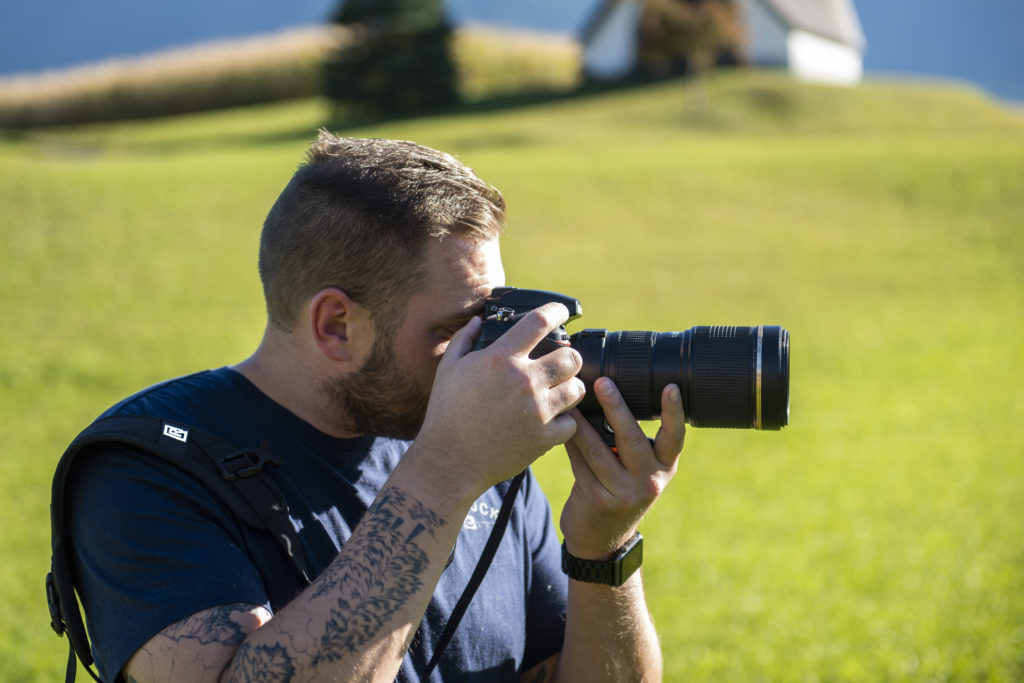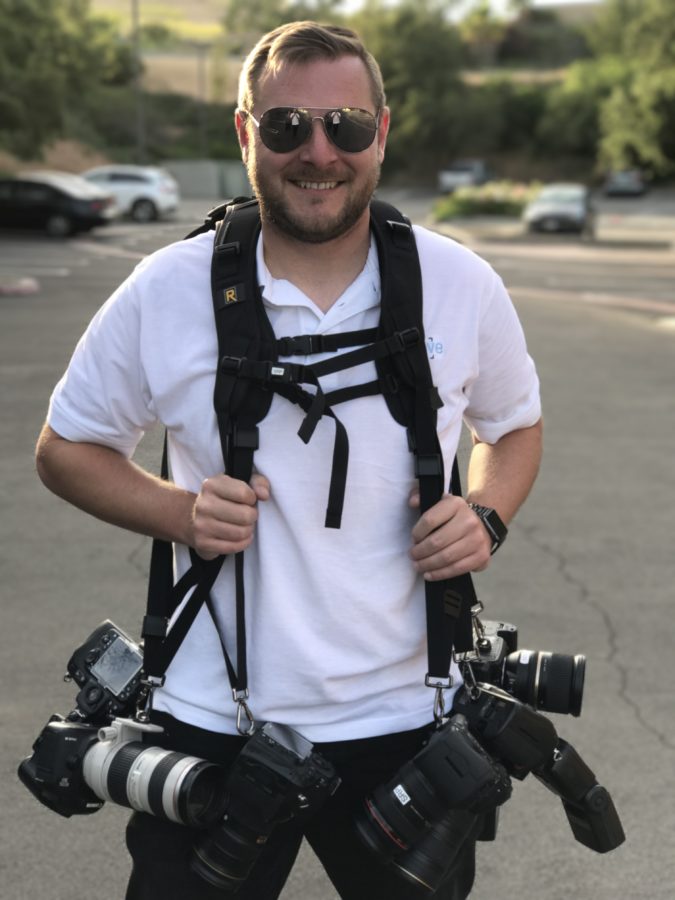Hey hey! Happy #TravelTuesday, once again. I’m Dave Williams, coming at you from the UK to share something about Photoshop, photography, and life. This week: photography! Pick up what I put down, and let’s go!
Time and time again this question lands in my inbox: – “How many megapixels?” Well, in truth, the only time you really need a lot of megapixels is when you’re shooting something for a billboard. Here’s why:
Photography is both an art and a science. It’s an art in terms of its creativity, but

Here’s the marketing myth that goes with the theory: – the more megapixels you have, the better the camera.
Nope!
So, a megapixel is basically a million dots. These dots make up the image. It would seem that more megapixels mean a sharper photo, but this is not necessarily the case—you could just have more dots on a bad photo. The lens you use, the sensor in the camera, and the photographer’s grasp of light and composition are far more important factors about what makes a good photo than the megapixels cameras are arranged by in the electronic store. It’s often said, in various different ways, that the most important thing about a camera
The big things to consider when buying more megapixels, along with the aforementioned potential creative differences, are that more megapixels mean bigger file sizes, which in turn, means you need more hard drive space. And, that more megapixels cost more, owing to the marketing value associated

Let’s go back to the billboard thing. You know when you watch TV and you have the option to go between the regular channel and the HD version of the channel you’re watching? On the whole is there actually a difference? Perhaps there’s a difference on a huge screen, but on the average TV screen, it’s not noticeable. This is exactly akin to comparing what most people will use a photo for versus the one in 100 photographers who is shooting that billboard ad. Make sense?
Taking that a stage further, a very common use for images is social media. Often we find that we’re downscaling the images before we post them, and then the posting algorithms of Instagram and the like will resize our image and its resolution, once again, when we upload it. Those megapixels you invested in are, in this case, wasted.
In short, if you’re going to make a tight crop on an image or shoot for that billboard, megapixels matter. In almost all other cases, they simply don’t.
Megapixels matter in some cases, but not many! If you’re shopping for a new camera, look at other things first—read reviews on sensor quality, ISO performance—and make sure you invest properly in your lens, as well as the camera.
Much love
Dave




